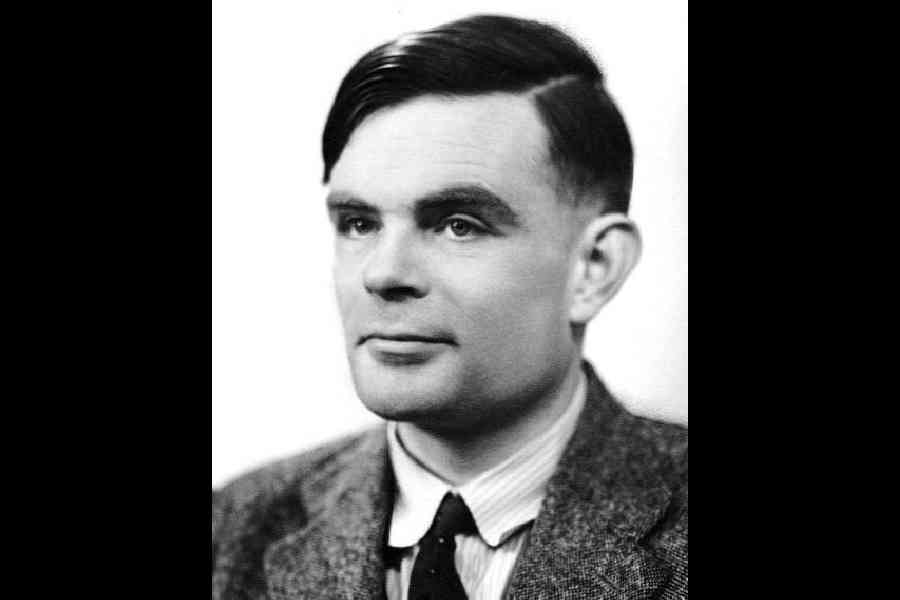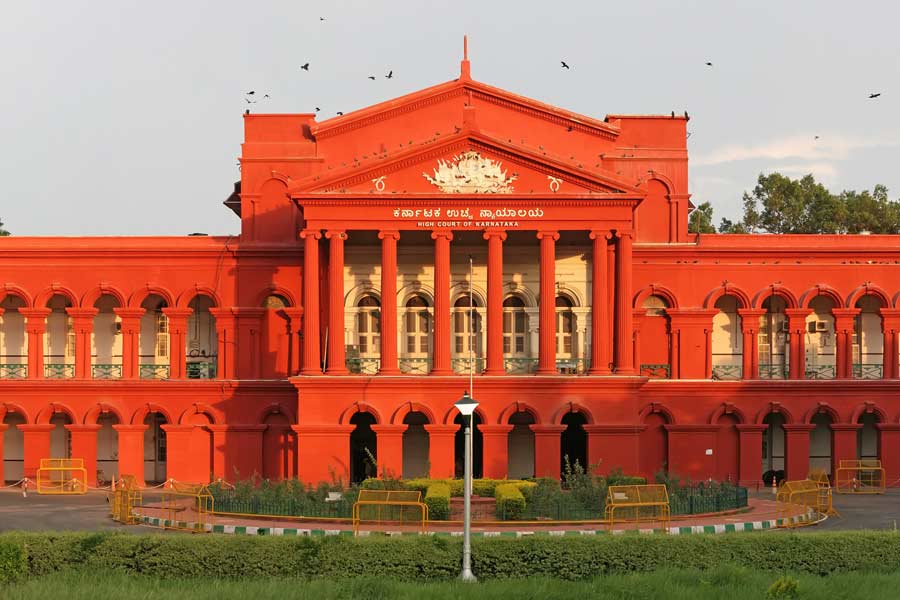Boxfish have enchanted scientists and marine enthusiasts for decades. They are cute, with pouting mouths and cubic bodies that come in a variety of striking patterns: yellow with black polka dots, grey with blue stripes and more.
Two engineers at the University of Colorado Boulder, US, are particularly intrigued with the spots, stripes and hexagons found on an Australian species: the ornate boxfish. These designs, they discovered, can be described and reproduced using decades-old mathematics once explored by Alan Turing (see pic), often referred to as the father of modern computing.
Siamak Mirfendereski and Ankur Gupta recently unveiled a mathematical model able to accurately re-create the ornate boxfish’s patterns, even accounting for the graininess and other imperfect features that are observed in nature.
The model, described in a study published last week in Matter, brings scientists one step closer to understanding the mechanisms by which such patterns form on fish and other organisms.
“This helps bridge the gap between mathematical models and the messy beauty of biological reality,” Gupta wrote in an email.
Someday, he added, that knowledge may lead to bio-inspired fabrics for camouflage or advances in soft robotics, which builds machines with materials such as silicone.
Gupta’s work is an extension of a theoretical model that Turing published in 1952. Turing’s model relied on the interplay between diffusion — a process by which particles spread into regions where they are less populated — and the chemical reactions experienced by those particles. Under certain conditions, Turing argued, the combination of diffusion and chemical reaction could spontaneously cause particles to organise into stripes, spots and other designs. These came to be known as Turing patterns.
The mathematics underlying Turing patterns helped explain how nature creates the spots on a leopard and the swirls on seashells. It has also been used to describe the formation of human fingerprints, the shaping of sand ripples and the spread of matter across galaxies.
Computer programs that simulate diffusion and reaction processes have been able to replicate some biological patterns. But they often produce results that are too idealised, failing to capture natural imperfections, including variations in size or thickness graininess. Simulations developed by Gupta’s group, which mimicked the behaviour of pigment cells on the skin of ornate boxfish, created designs that appeared blurry around the edges, rather than sharp as in real life.
“A diffusive system is, by definition, diffuse,” Gupta said. “So how can you get sharp patterns?”
In 2023, a student in Gupta’s group solved this problem by adding a different kind of cell movement to the simulation. Cells in a fluid can clump and move together, pulled by the motion of other diffusing particles. This process, known as diffusiophoresis, is also how soap pulls dirt out of clothes during washing.
As a result, the simulated boxfish patterns appeared sharper and more defined. To introduce imperfections, Mirfendereski tweaked the simulation further, accounting for individual cells bumping into each other.
As the patterns emerged, so, too, did flaws. The simulated boxfish stripes were thin in some parts but thicker in others. The sides of some hexagons never formed, while others appeared splintered. Spots inside the hexagons stretched or bled into one another.
But the simulation is still a simplified version of reality. And like Turing’s original mathematical model, it lacks specifics about pigment production and other biological mechanisms.
Still, Turing’s model laid a foundation for scientists to control pattern formation in real-world applications, biological and beyond.
“We learn how biology does it so that we can replicate it,” Gupta said.
NYTNS










